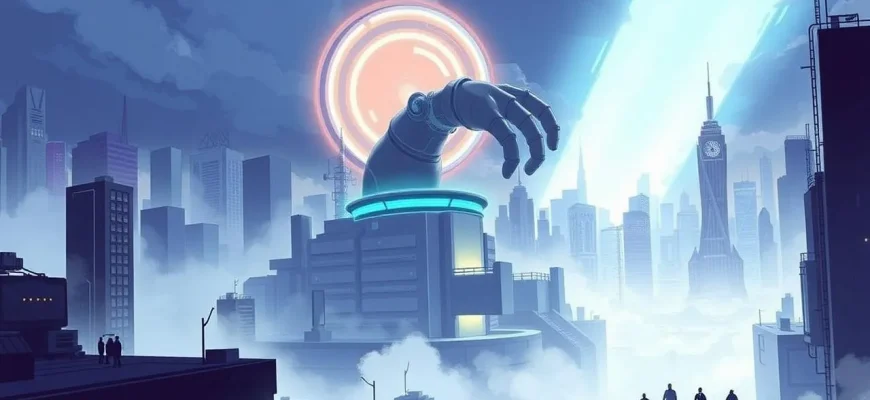Dive into the thrilling world of disaster movies where human ingenuity turns into a nightmare. These films explore the dark side of scientific advancements, showcasing how inventions meant to better our lives can lead to catastrophic consequences. From rogue AI to genetic experiments gone awry, this collection of films will keep you on the edge of your seat, pondering the fine line between progress and peril.
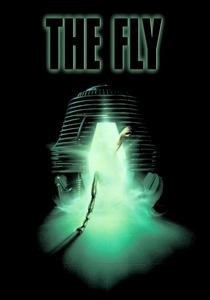
The Fly (1986)
Description: A scientist's teleportation experiment goes horribly wrong, merging his DNA with that of a fly, leading to a grotesque transformation. It's a personal disaster story about the dangers of unchecked scientific curiosity.
Fact: The film's special effects, particularly the transformation scenes, were groundbreaking and earned Chris Walas an Academy Award for Best Makeup.
 Watch Now
Watch Now 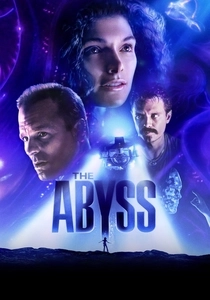
The Abyss (1989)
Description: A deep-sea drilling platform discovers an alien intelligence, leading to potential disaster as human greed and fear clash with the unknown.
Fact: The film was shot in a specially constructed underwater set, making it one of the most technically challenging films of its time.
 Watch Now
Watch Now 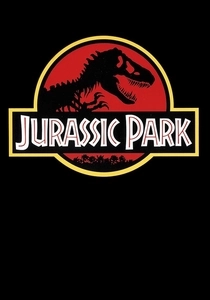
Jurassic Park (1993)
Description: A groundbreaking film where genetic engineering brings dinosaurs back to life, only for them to escape and wreak havoc on an island. It's a cautionary tale about the hubris of playing God with nature.
Fact: The film's special effects were revolutionary at the time, earning it three Academy Awards for Best Visual Effects, Best Sound, and Best Sound Editing.
 Watch Now
Watch Now 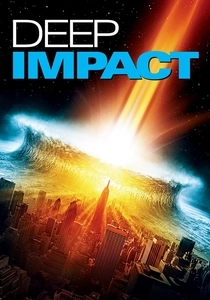
Deep Impact (1998)
Description: A comet is on a collision course with Earth, and humanity's attempt to deflect it showcases the potential for disaster when space exploration goes wrong.
Fact: The film was released in the same year as "Armageddon," leading to comparisons between the two comet/asteroid disaster movies.
 Watch Now
Watch Now 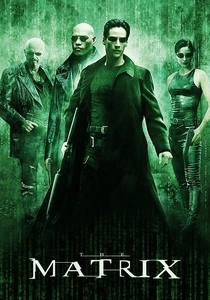
The Matrix (1999)
Description: While not a traditional disaster film, "The Matrix" explores the catastrophic potential of AI taking over human lives, trapping them in a simulated reality. It's a philosophical take on the dangers of unchecked technological advancement.
Fact: The film's "bullet time" effect, where time appears to slow down while the camera moves around the subject, became iconic and widely imitated.
 Watch Now
Watch Now 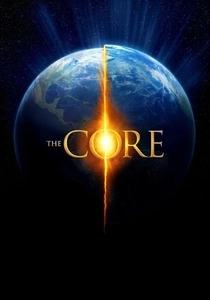
The Core (2003)
Description: When Earth's core stops spinning, a team must drill to the center of the planet to restart it, highlighting the catastrophic effects of tampering with the planet's natural processes.
Fact: The film's premise was inspired by the real scientific theory of geomagnetic reversal, though the execution is far from scientifically accurate.
 Watch Now
Watch Now 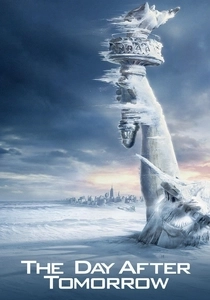
The Day After Tomorrow (2004)
Description: This film takes us into a world where climate change triggers a new ice age, showcasing how human interference with nature can lead to global disaster. It's a chilling reminder of the potential consequences of our actions.
Fact: The film was inspired by the book "The Coming Global Superstorm" by Art Bell and Whitley Strieber. It was also one of the first major films to address climate change.
 Watch Now
Watch Now 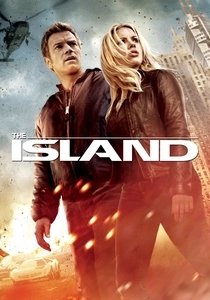
The Island (2005)
Description: Cloning humans for organ harvesting goes awry when the clones escape, exploring the ethical and catastrophic implications of biotechnology.
Fact: The film was inspired by the 1979 film "Parts: The Clonus Horror," which had a similar premise.
 Watch Now
Watch Now 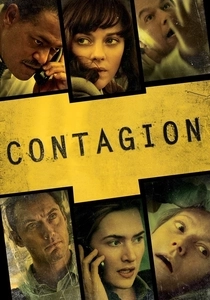
Contagion (2011)
Description: A medical thriller where a deadly virus spreads globally, showing the catastrophic effects of biological research gone wrong or misused.
Fact: The film's depiction of a global health crisis eerily foreshadowed the real-world events of the COVID-19 pandemic.
 Watch Now
Watch Now 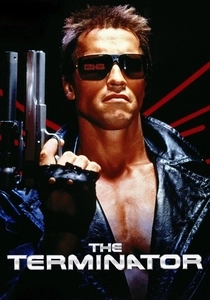
The Terminator (1984)
Description: In this sci-fi classic, an AI system sends a cyborg assassin back in time to prevent the birth of a future resistance leader, highlighting the disastrous potential of AI and time travel.
Fact: Arnold Schwarzenegger's role as the Terminator was initially offered to O.J. Simpson, but James Cameron felt he was not menacing enough.
 30 Days Free
30 Days Free 
